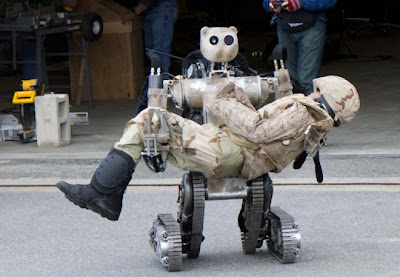Illustration: George Retseck
Next-Generation Supercomputers -- IEEE
Supercomputers are now running our search engines and social networks. But the heady days of stunning performance increases are over. Supercomputers are the crowning achievement of the digital age. Yes, it's true that yesterday's supercomputer is today's game console, as far as performance goes. But there is no doubt that during the past half-century these machines have driven some fascinating if esoteric pursuits: breaking codes, predicting the weather, modeling automobile crashes, simulating nuclear explosions, and designing new drugs—to name just a few. And in recent years, supercomputers have shaped our daily lives more directly. We now rely on them every time we do a Google search or try to find an old high school chum on Facebook, for example. And you can scarcely watch a big-budget movie without seeing supercomputer-generated special effects. So with these machines more ingrained than ever into our institutions and even our social fabric, it's an excellent time to wonder about the future. Will the next decade see the same kind of spectacular progress as the last two did? Alas, no.
Read more ....
My Comment: An excellent report on the next generation of supercomputers. Read it all.

























